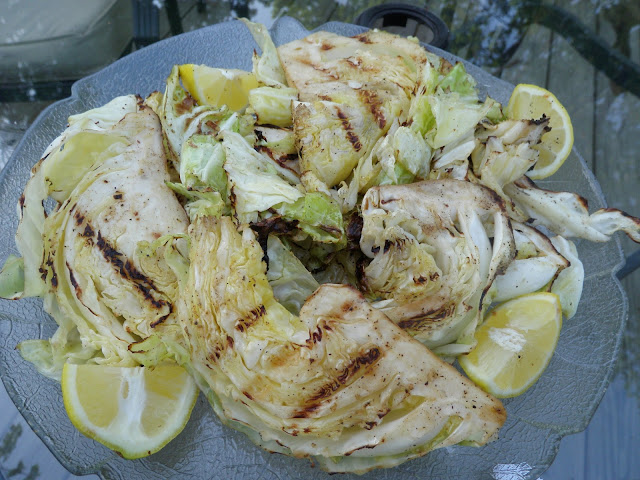So, what are some natural solutions for digestive health to keep our microbiomes healthy and happy? We can take probiotic supplements, but it's really imperative to get the right kind for us, AND to eat lots of good prebiotic fibers. I'd recommend not taking the cheapest bottle at the store or using Culturelle or other lab-created bacteria. Consult your local Naturopath to find out which strains and products are right for you.
Another avenue is to re-introducing probiotic-rich fermented or cultured foods back into our diet. Every culture in the world uses fermented foods in traditional cooking: sauerkraut comes from Eastern Europe, kimchi from Korea, breads like Injera (Ethiopia) and Sourdough (Egypt), Inuit people have eaten fermented whale blubber, fish sauce in Thai, Vietnamese and other Asian cultures, Kefir and Yogurt come from the Middle East and Kombucha from China. Of course we could go on forever. But wait...what happened to American ferments? Seemingly around the time when we realized that there indeed microbes (aka GERMS) and Pasteur invented pasteurization, we began using high temperatures to kill the living enzymes and bacteria to "sterilize" foods. Sadly, all of the benevolent bacteria has been stripped out of the nouveau Americana culture of culture-less and highly processed food. It's time to reclaim our right to living foods, ferments!
 |
| Today's buy from Eastern Market! |
Fermented foods are "rotted"; they are partially digested from bacteria already. For example, cabbage has a fine film of bacteria on each leaf. When shredded up and mixed with a salty brine and submerged in an anaerobic state, the bacteria go though a few-step process (that is a little over my head) to create a beneficial bacteria-rich veggie that ALSO has prebiotic fiber all in one. By the time the ferment is, well, fermented, the veggies are salty, still crispy, and deliciously soured. The good news is that fermenting is simple and we don't have to be experts in the chemical processes by which it works to reap the rewards. If this is interesting to you, I suggest reading some Sandor Katz's books, which do an excellent job of sharing the history of these foods and teach how to start making DIY ferments at home!
 |
Some of my first DIY ferments. Plain kraut in the middle, kim chi on the sides.
It's fairly easy and highly enjoyable to make fermented foods at home! I have been experimenting with krauts and other veggies as well as kombucha for the last couple year. I say "experiment" because each batch is decidedly different; it's a delightful surprise to open up a crock of fermented veggies after 4 weeks or try a new flavor of DIY kombucha after its 2nd ferment. Luckily, if you don't have the time or will to do it on your own just yet, there is access to other people's fermented goodness! Small batch fermenters are popping up local foodie sub-cultures, like The Brinery in Ann Arbor and Farmhouse Culture in Northern California. I've even seen some farms adding their local ferments to Saturday offerings at the Royal Oak Farmer's Market. Now that you can buy locally, or make your own, how do we incorporate them into our diet? |
 |
| Kombucha tea! After the first ferment, I like to add blueberries, ginger, or other goodies and let it sit a few more days. |
You can start the day with a glass of kombucha, or have a bowl of fresh yogurt or kefir with fruit. Sauerkraut and kimchi add a delicious sourness, salt and crunch to sandwiches for lunch. At dinner time, I like to eat a 1/4 cup with my meal, kind of as a little accouterments. I encourage everyone to try fermented foods. It's an acquired taste, but one that will give you billions of little benefits and keep your digestion on track. :)
 |
| Awesome lunch: chicken salad, kale and kraut on a sprouted organic grain and bean wrap and Coconut Kefir to drink! |


